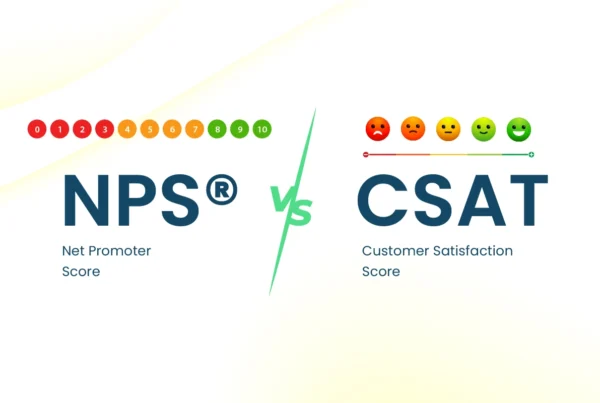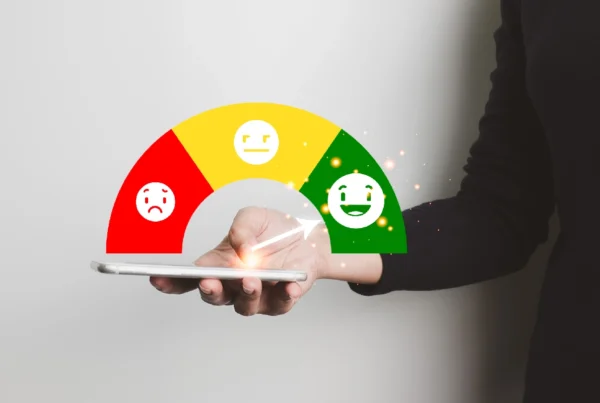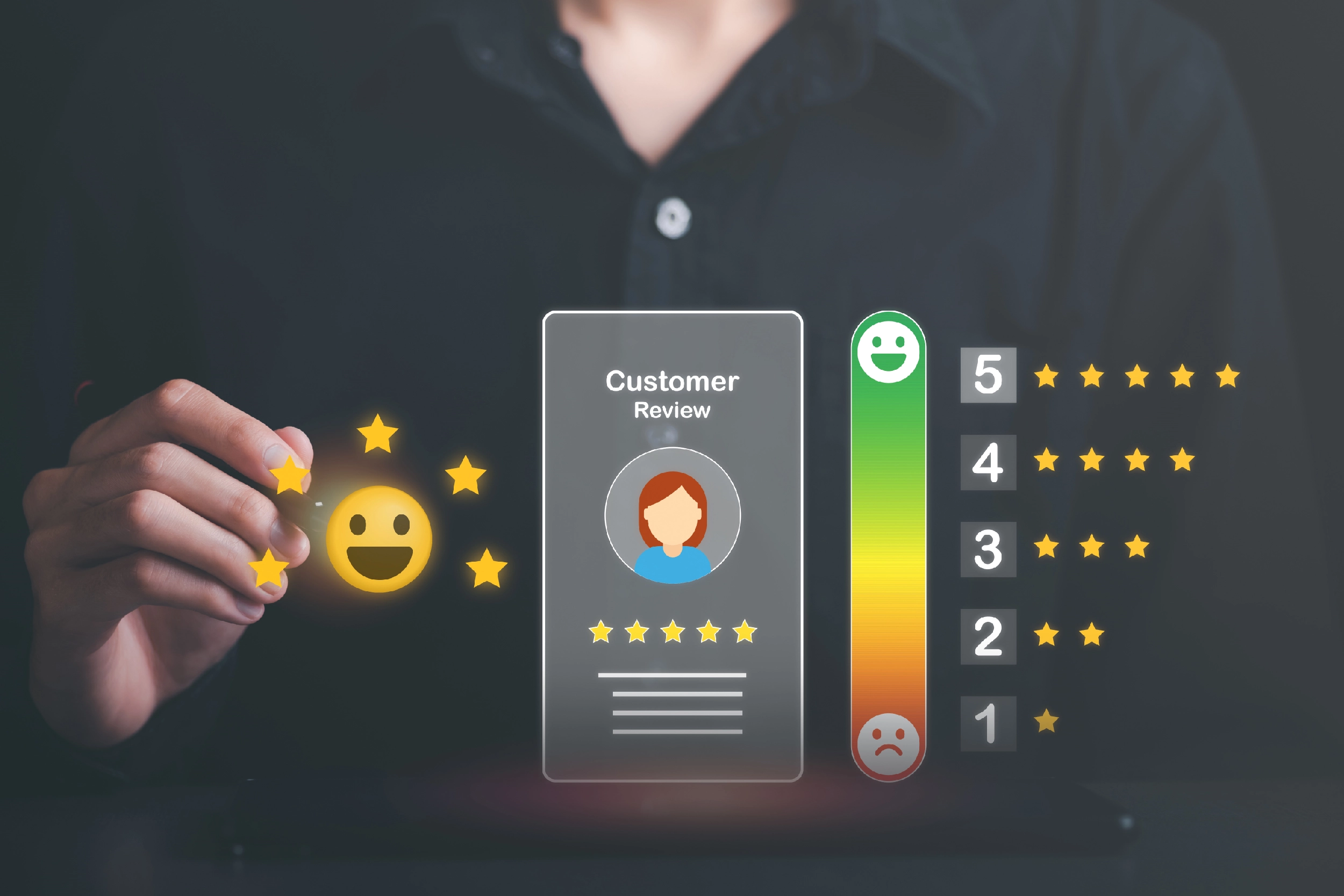Every team in an office utilizes an exceptional blend of metrics to check performance but no metric is more pervasively embraced than Net Promoter Score (NPS). While NPS is not entirely company-wide metric determined to gauge general client satisfaction, an increasing number of organizations are viewing the metric as an extreme judgment of product success.
Discover how Net Promoter Score can transform your business❤️
Explore our definitive guide at piHappiness today!
For product owners, then, you might be progressively expected to design, manage, and further develop your organization’s NPS results. In the most limited number of cases, performance and remuneration might try and be impacted by the measurement.
So, what is NPS, which is measured using NPS survey platform, how could it be utilized, and for what reason do organizations appear to lean toward this measurement over others? Seriously interesting, should NPS truly be viewed as a product metric? We should investigate a portion of these thoughts according to the viewpoint of a product owner.
What is Net Promoter Score (NPS)?
Net Promoter Score (NPS) or is a statistical surveying metric that appears as a solitary survey question requesting respondents to rate the probability that they would suggest an organization, product, or administration to a friend or accomplice.
The Net Promoter Score procedure depends on asking clients a single question:
How probably would you say you are to suggest this organization/product/service to a friend or colleague?
Participants are approached to rate their responses on a scale from 0 to 10, with 0 showing a total absence of willingness to suggest the organization, and 10 demonstrating an exceptionally high probability of turning into a brand advocate.
Recognizing the people who might or wouldn’t suggest your brand is important in the present competitive landscape, making the Net Promoter Score (NPS) as one of the most imperative brand health and client experience metrics.
How to Calculate NPS?
NPS is unlike many customer satisfaction metrics that require a touch of work to decide a definitive score.
To understand how to calculate NPS, let’s start breaking down the term itself:
Net: Alludes to the difference between a bunch of values
Promoter: Alludes to somebody who talks about your business with others
Score: a value used to decide success
Calculating an NPS score using NPS survey software includes gathering a genuinely critical number of NPS survey responses and then gathering respondents into one of three classifications:
Promoters: Answered with a score of 9 or 10. These clients are your product’s evangelists and are probably going to refer others to utilize your product.
Passives: Answered with a score of 7 or 8. These clients like your item, however, are probably not going to prescribe it to other people.
Detractors: Answered with a score of 0 to 6. These clients are probably not going to prescribe your product to other people and may try and talk adversely about it.
The Net Advertiser Score means percentage of advertisers minus the level of naysayers. Passives are not represented in the NPS score calculation.
We should check at an example: Expect that overview results show that 40% of respondents are Advertisers, 30% are Passives and 30% are Naysayers. In this model, the Net Promoter Score for the organization would be 10.
Net Promoter Scores fluctuate dramatically by industry and in this way are best perceived as a relative metric. Since there is certainly not a widespread standard for NPS, many organizations compare their NPS scores with different organizations within their industry as a benchmark.
Why Do Companies Use NPS?
It is Simple to Calculate
A one-question survey presents less friction than other survey choices, prompting a less problematic client experience and more prominent client engagement. The score is easy to work out and interpret, making it famous for use by executive teams reporting on consumer satisfaction.
It Help Understand Market Position
The Net Promoter Score helps organizations with putting their brands in the market as per how clients see them, through information on promoters and detractors.
It makes it possible to benchmark your brand compared with your rivals or potentially industry by giving a higher perspective knowledge which you can then use to drive into the details.
It Predicts Client Loyalty
The NPS question computes “recommend intention”, which is the probability that a client will allude an organization to a partner or friend. In a review, the makers of the NPS survey found that the NPS survey, when contrasted with others, has the most grounded factual connection with repeat purchases and referrals.
Client Reliability Corresponded with Future Business Development
Surveying for NPS alone doesn’t be guaranteed to drive business development. All things considered, organizations who take on NPS as a key measurement are more focused on further developing client devotion, which straightforwardly corelates with business development. By and large, as an organization’s NPS score expands, rates of churn and client acquisition costs decrease.
It Help Companies Know About Their Performance
NPS simplifies it so that an organization could perceive the way things are performing with a clear metric. The NPS presents common technologies that are easy to understand by everybody.
How Company’s Use NPS Surveys?
Most organizations convey NPS overviews in two ways: 1) following specific occasion-based triggers, or 2) in intervals following time sensitive triggers. The two can be utilized related yet make certain to try not to spam clients with surveys time after time (holding up something like 90 days prior to looking over a client again is suggested).
The majority of the companies deliver NPS surveys in the following two ways:
Event-based triggers
Time-based triggers
Event-based triggers happen after a particular in-product experience, as subsequent to onboarding, shutting a client service ticket, or following an in-application purchase. In a perfect world, for more noteworthy response rates and more significant valuable feedback, a NPS review triggers after a significant step in a client’s journey.
Thus, the NPS data can be attached somewhat in the client experience that is identifiable and can enlighten significant following actionable next steps. For instance, surveying NPS subsequent to closing a client support ticket can both evaluate the nature of customer support provided and demonstrate region of the product experience that either debilitate or reinforce client loyalty.
A survey respondent categorized as a detractor might enlighten a part of the client experience that requires attention, while a promoter might enlighten parts of the product that should be duplicated in the future.
Time-based overviews are set off at intervals all through a client’s journey with an organization. For instance, one organization might send every client a survey once after their initial 90 days, then in half year intervals a while later.
This is helpful for determining long-term client loyalty and recognizing precisely when a change of consumer loyalty happens during the product experience. Client retention is significant for development, so organizations should streamline by tending to change in NPS levels for long-term clients.
They contribute significant feedback since they understand the product better, and they cost less to keep than getting another new client. Holding long-term client loyalty straightforwardly connects with increased references, which brings down client acquisition costs in the future.
However, These Methods aren’t a Magical Solution
Since customers can experience NPS surveys at quite a number of points all through their product process, it’s plausible that they need to give feedback more nuanced than a 1-10 rating. This is considerably riskier when NPS reviews are the possibly events when groups endeavor to draw in a client or then again feedback.
The feedback can be incautious, and scores are effectively motivated by late events like a discount they got or page that loaded gradually not long before the survey.
Its effortlessness makes it less significant as a long-term gauge of client loyalty and indicator of future ways of behaving, and on second thought, more helpful for understanding how a client feels at a specific moment in time.
Also, many organizations segment clients in view of ideas like lifecycle stage, action levels or change date to analyze reactions across each stage or client persona. This strategy distinguishes explicit trouble points in specific regions of the product or for explicit segments of clients.
What’s The Next Step to do?
Follow up with survey respondents
Every NPS score you get is important and deserving some type of follow-up, especially on the off chance that they provided qualitative feedback with their reaction. This is the way you can follow up on every class:
Promoters: Promoters are much of the time your most dynamic clients; they are proficient about your product and vision, and their feedback is particularly significant. These clients are probably going to leave positive reviews or refer your product to other people, so you ought to support this way of behaving.
Passives: While they aren’t likely to talk adversely about your organization as detractors, “passive” clients might be thought of as prone to churn in the event that they view as a more reasonable other option. Research where these clients are in their client process – a shared trait here could show a phase of your product that needs general improvement.
You ought to make a move to furnish them with extra learning resources to guarantee they are appropriately taught on your product’s best practices.
Detractors: Let them know that you are hoping to further develop in the areas they disdained. Emergency messages to the dependable team inside your company for follow-up so they can talk about their issues further with your team.
Gather and Analyze the Data
Each organization’s approach will differ in view of how and when they surveyed users. To begin, you ought to isolate reactions into the three NPS categories and pail issues in view of the events, times, or qualitative data provided to decide significance and need.
Use Analysis to Direct Product Improvement
NPS scores are just pretty much as important as the means taken to further develop them. Try not to allow this data to gather dust in a Leeway channel or analytics dashboard-exploit it while focusing on your backlog.
Lay out internal processes that guarantee that feedback reaches the appropriate internal stakeholders. Routinely devote time towards examining NPS score changes and qualitative feedback as a team to guarantee your whole organization is receptive to customer feedback.
Final Note
Net Promoter Score has hardened itself as a foundation of many organizations’ user feedback collection processes for good reason. It is a straightforward method for understanding and to track total customer satisfaction.
While NPS, which is measured using a NPS survey tool can go about as a valuable health check for your business, you ought to be careful about holding product groups to NPS as a product metric.
NPS and product commitment are not equivalent and ought not be treated as such. To offer some benefit, NPS should be executed inside a very specific framework to guarantee a lack of bias.








